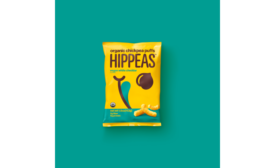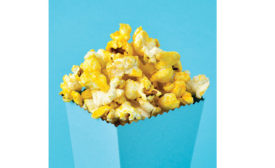Home » healthy snacks
Articles Tagged with ''healthy snacks''
New choices and grain formats become available for snack and bakery application
Read More
State of the Industry 2017: Dynamics of the perfect snack
While today’s market continues to flex its creativity in line with core trends, classic sensory dynamics still prevail in the most-successful snacks.
July 19, 2017
State of the Industry 2017: Tortilla and tostada chips crunch onward
Snack producers roll out bolder flavors and cleaner labels aimed at diverse sets of consumers.
July 18, 2017
Snack on the latest trends, news, and developments!
Stay in the know with Snack Food & Wholesale Bakery, the premier source of information for snack, bakery, and confectionery professionals.
JOIN TODAY!Copyright ©2024. All Rights Reserved BNP Media.
Design, CMS, Hosting & Web Development :: ePublishing











